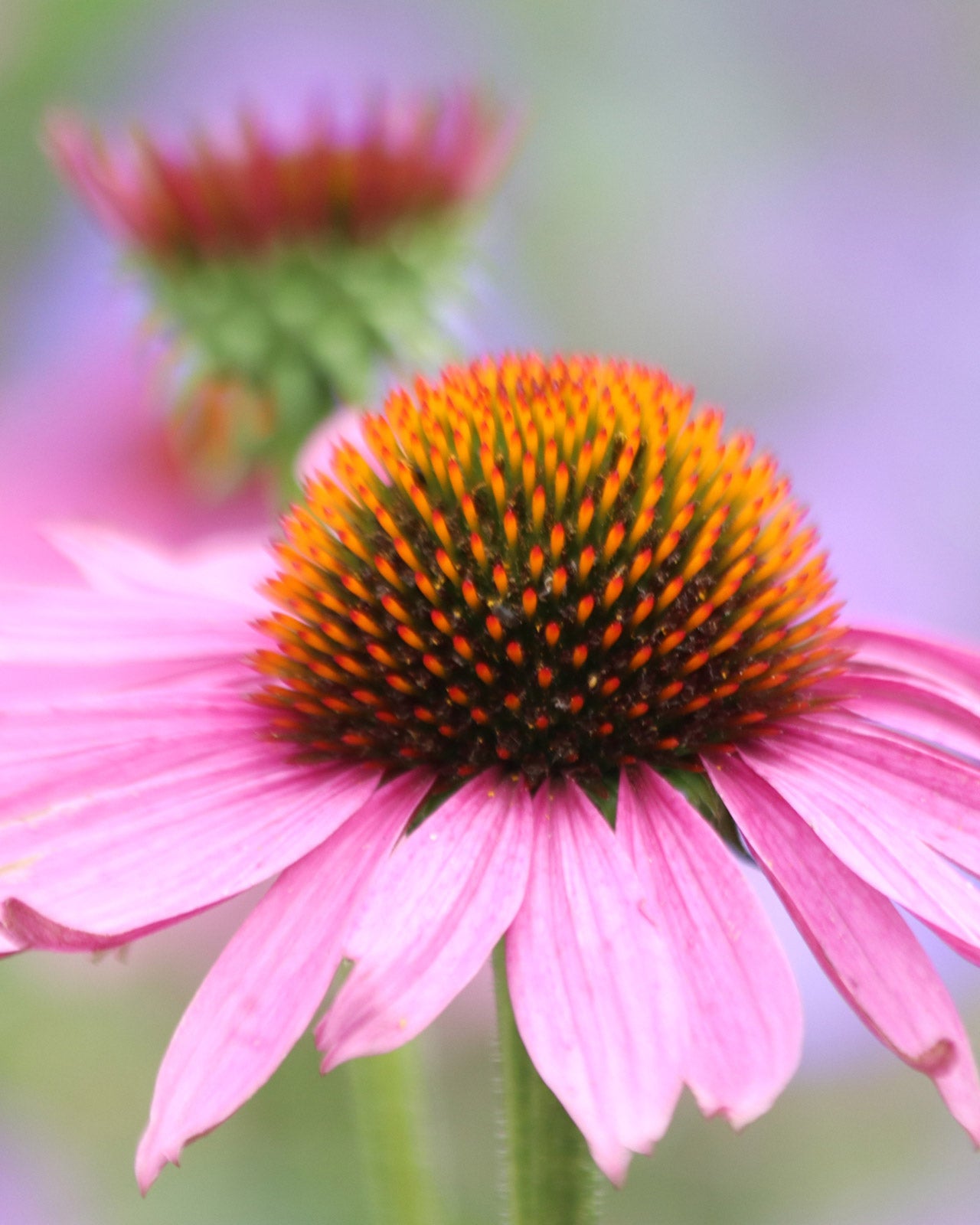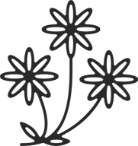

-
Why we like this plant
Echinacea purpurea 'Magnus' is a fantastic choice for gardeners looking for a resilient, long-blooming perennial with strong architectural appeal. Its ability to attract pollinators and birds, coupled with its ease of care, makes it an ideal addition to wildlife-friendly gardens.
-
About this plant
A superior selection of the classic purple coneflower, Echinacea purpurea 'Magnus' is celebrated for its large, bold flowers with deep rosy-pink petals that extend outward rather than drooping. This feature gives the blooms a fuller, more dramatic presence in the garden. Flowering from midsummer to early autumn, 'Magnus' is highly attractive to bees, butterflies, and seed-eating birds. It thrives in full sun and well-drained soil, showing excellent drought tolerance once established. Perfect for prairie-style plantings, cottage gardens, and mixed borders, this easy-care perennial provides long-lasting colour and architectural interest.
-
Key features
- Large, deep pink-purple flowers with a raised orange-brown cone
- Strong, upright petals for a bold floral display
- Long flowering period from midsummer to early autumn
- Highly attractive to bees, butterflies, and birds
- Excellent drought tolerance once established
-

Height and
spread -

Growth
habitUpright, clump-forming
-

Moisture
Moderate watering; drought-tolerant once established
-

Position in
the GardenBorders, prairie gardens, wildlife-friendly planting, cottage gardens
Planting guide
- Space plants 40–50cm apart for best air circulation
- Ensure soil is free-draining to prevent root rot
- Ideal for prairie-style plantings, mixed borders, and wildlife gardens
Care tips
- Plant in full sun and well-drained soil
- Water regularly until established, then reduce frequency
- Deadhead spent flowers to encourage prolonged blooming
- Leave seed heads in autumn to provide food for birds
- Divide clumps every 3–4 years to maintain plant health
Winter care
- Leave seed heads for winter interest and wildlife
- Mulch lightly around the base in colder regions
- Cut back dead stems in early spring to encourage fresh growth











